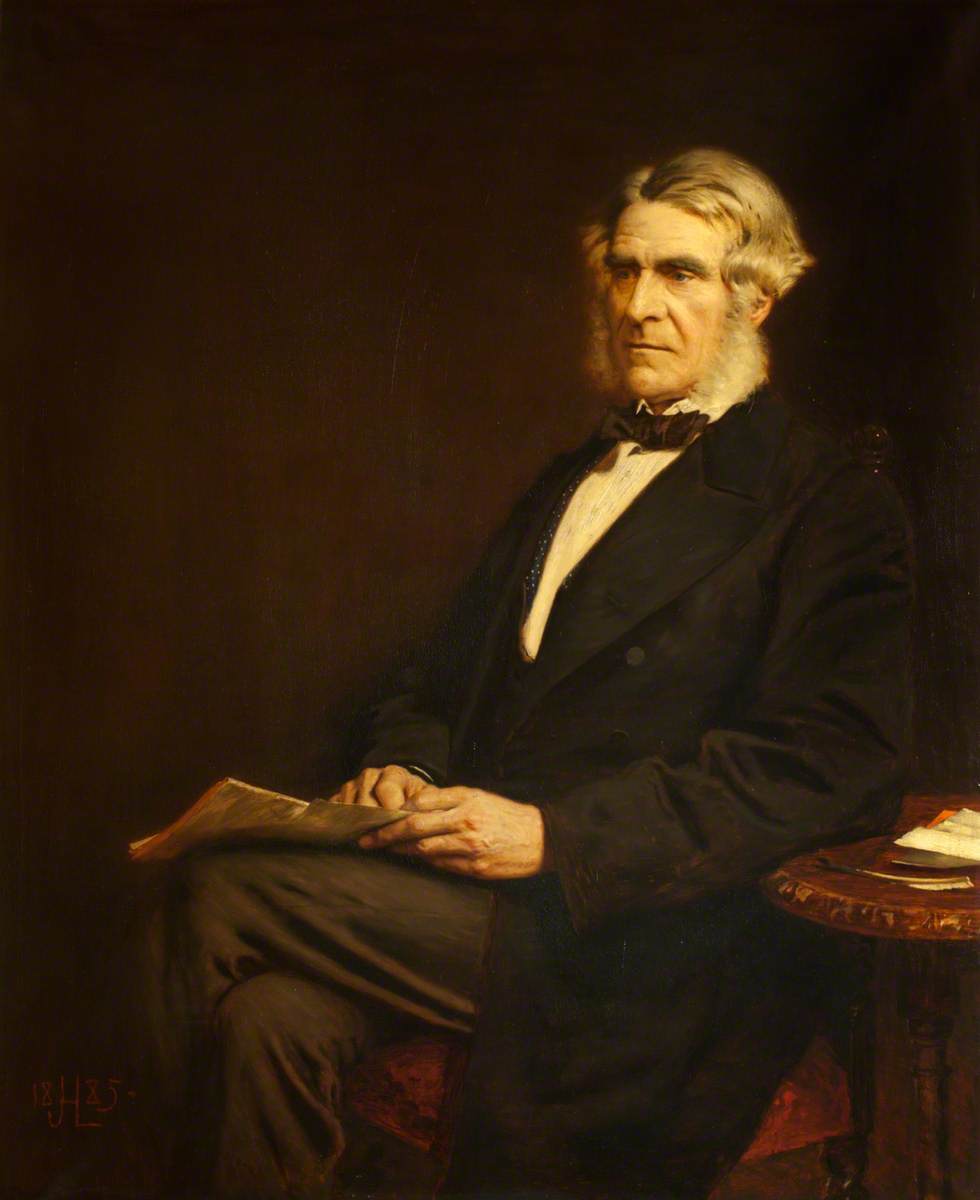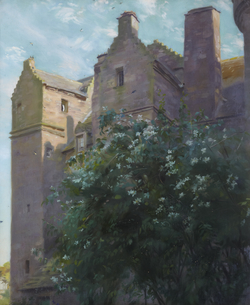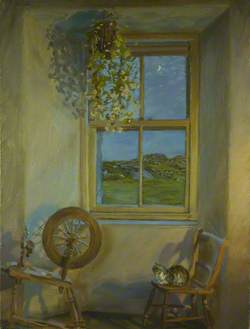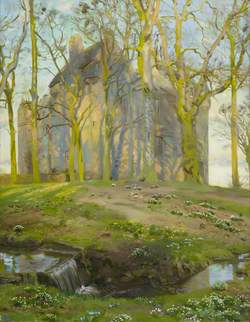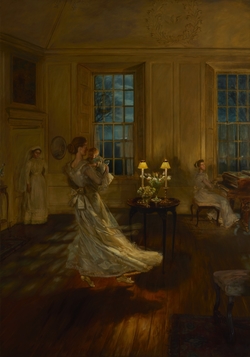How you can use this image
This image can be used for non-commercial research or private study purposes, and other UK exceptions to copyright permitted to users based in the United Kingdom under the Copyright, Designs and Patents Act 1988, as amended and revised. Any other type of use will need to be cleared with the rights holder(s).
Review the copyright credit lines that are located underneath the image, as these indicate who manages the copyright (©) within the artwork, and the photographic rights within the image.
The collection that owns the artwork may have more information on their own website about permitted uses and image licensing options.
Review our guidance pages which explain how you can reuse images, how to credit an image and how to find images in the public domain or with a Creative Commons licence available.
Notes
Add or edit a note on this artwork that only you can see. You can find notes again by going to the ‘Notes’ section of your account.
Born in Edinburgh, Robert Christison was educated at Edinburgh's High School and University. He matriculated as a medical student in 1815 and joined the class of Alexander Monro, tertius, graduating with an MD in 1819. He was a postgraduate at St Bartholomew's Hospital, London, and in Paris, with particular interest in chemistry and toxicology. When Christison returned to Edinburgh he found that at the age of 24 he had been appointed Professor of Medical Jurisprudence. He was much in demand as an expert legal witness. As the chief witness in the Burke and Hare case, he was outstanding. In 1829 Professor Christison published his 'Treatise on Poisons'. After holding the chair of Medical Jurisprudence for 10 years, Christison was transferred to that of Materia Medica in Edinburgh, a position he held for 45 years.
Title
Sir Robert Christison (1797–1882), Bt
Medium
oil on canvas
Measurements
H 129.5 x W 104 cm
Accession number
PCF34
Work type
Painting
